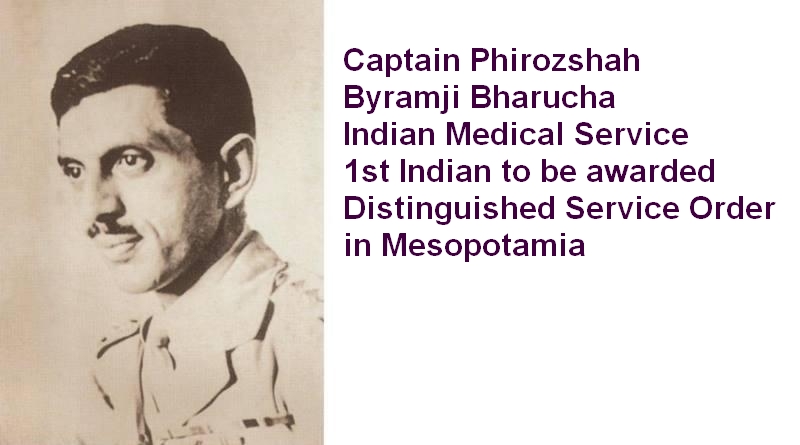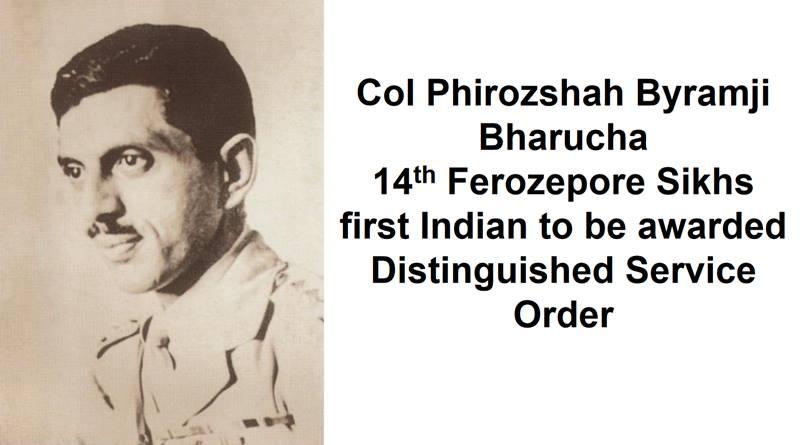I administer an unlisted Facebook group known as “Bombay, I Remember”. It is a group for reminiscences of its members in the pre-1995 Bombay (when the city was renamed to Mumbai), but nowadays it is kept alive with a lot of historic content about Bombay. Several posts have covered the railway line of the former Bombay, Baroda and Central India (BB&CI) line, particularly the stations at the start of the line.
I have not found any old document that mentions this “Bombay Back Bay” station.
The Bombay Builder
Today, I found an archive of the Bombay Builder covering 1867 at the Asiatic Library’s online archive known as Granth Sanjeevani. The specific page below is dated 5 April 1867. Note that date.
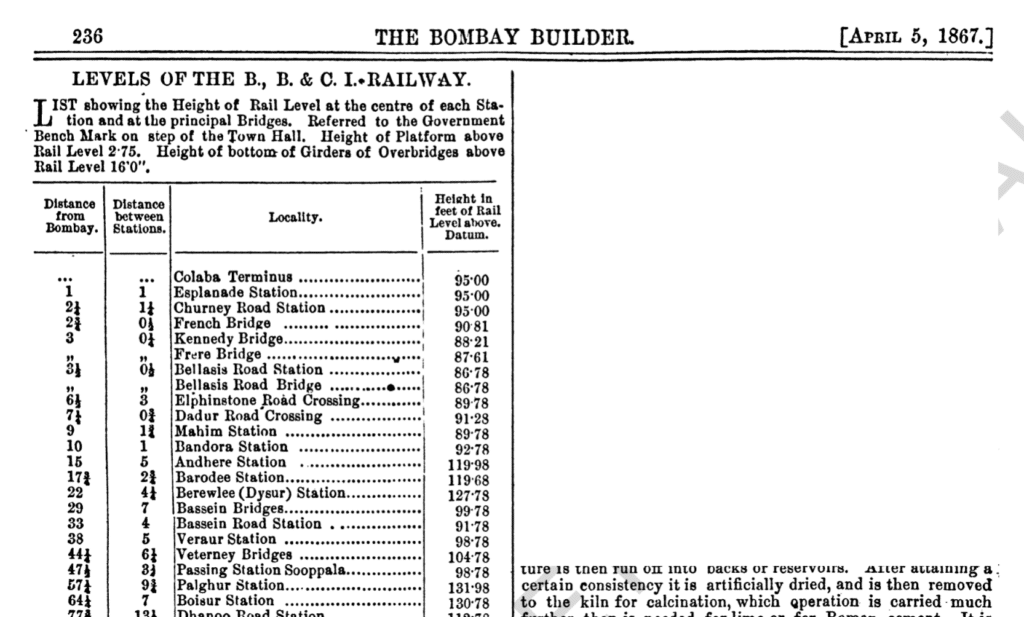
Two things stood out for me. The terminus at Colaba was there in April 1867. The second station is called Esplanade Station. This is an added mystery, as the Esplanade in those days was too far from this train line to deserve the title. As this is a journal for engineers, they were interested in girders and overbridges, in addition to stations.
Western Railway
The Western Railway (WR) has been the name of the former BB&CI since 1951, so it should know its own history. Its website is very flaky, so here is a screenshot of its About Us > Milestones page.

Notice that the WR timeline says the line to Colaba was extended in 1873. How can the earlier reference in the Bombay Builder mention a Colaba Terminus before 5 April 1867? The entry for 1867 mentions the start of a local service between Back Bay and Virar (then spelt Veraur) on 12 April 1867.
I decided to check the newspapers of the day, as scanned by Granth Sanjeevani.
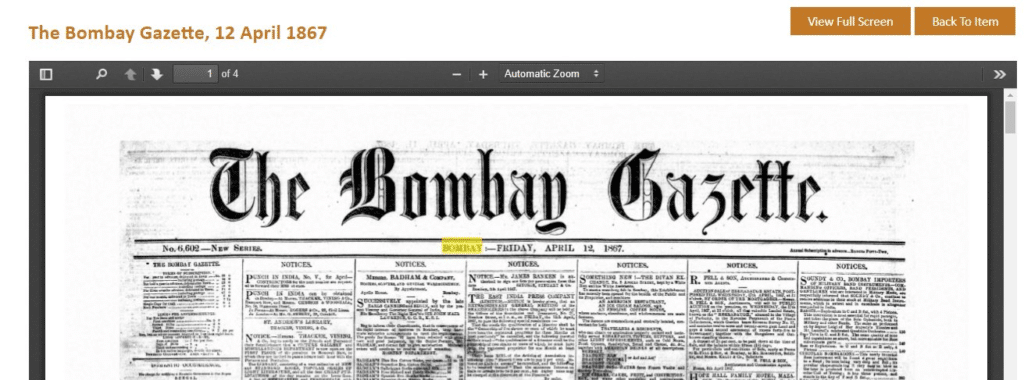
I checked the date of this new service, the next day and a few days on either side. Not a single mention. Surely a service covering the length of Bombay was worth a mention? BB&CI used to advertise almost daily, but no mention of a new service?
The Wikipedia Entry
The Wikipedia entry for Churchgate railway station says:
“By 1867, a track along the foreshore, further than Grant Road station was constructed, up to the station named as “Bombay Backbay” near Marine Lines. On 12 April 1867, the first suburban train was started with one train each way from Virar to Bombay Back Bay. The stations were then named, “Viraur, Neela, Bassein, Panje, Borewla, Pahadee, Andaru, Santa Cruz, Bandora, Mahim, Dadur, Grant Road and Bombay Backbay”. In year 1870, Churchgate was first time mentioned as the station. The line further extended towards Colaba in 1872, and goods shed was built there.”
The spellings in those days were quite fluid, so they are a little different from the ones in the Bombay Builder. The unknown Wikipedia contributor has a different date (1872) for the extension of the line to Colaba compared to the WR date of 1873. They mention this mythical “Backbay” (actually two words, Back Bay) station as being “near Marine Lines.
A letter to the editor

Where does this leave me? I have not found any old document that mentions this Back Bay station. Until I do so, I will treat Back Bay Station as a colloquial reference to Church Gate Station (whose name slowly became one word). If you go to that Wikipedia page for Church Gate Station, you will see that it was opened in 1867!
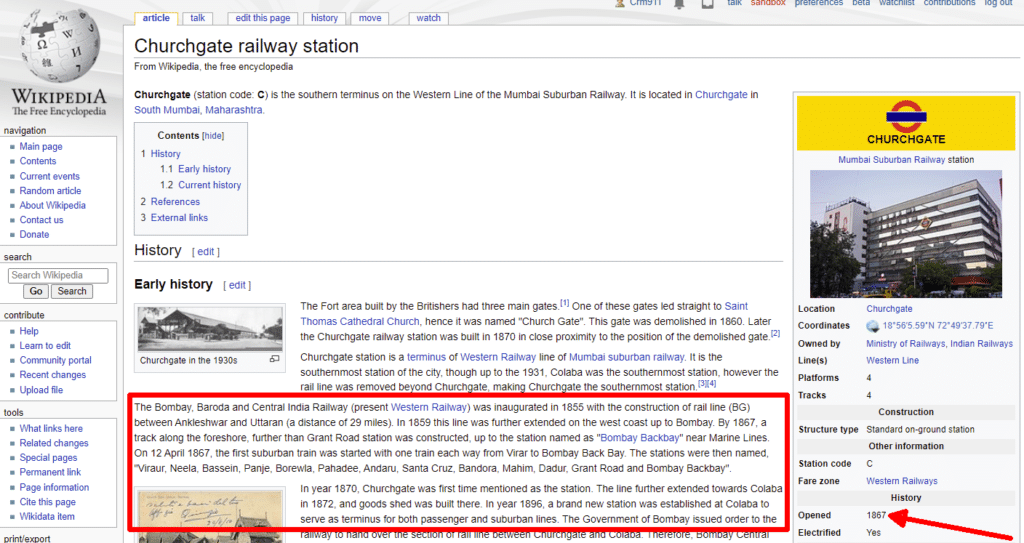
Here is another modern reference to Church Gate being called Back Bay.

As for the other mystery of an Esplanade Station between Colaba Terminus and Churnee Road (now spelt Charni Road), I think it too is a colloquial reference. Perhaps the engineer who wrote that entry was a brief visitor and wrote it up when back in the UK?
Colaba Station Dates
I found this document “Things of India Made Plain, or A Journalist’s Retrospect” by W Martin Wood in the more navigable archive – the Wayback Machine. It mentions in an entry dated 29 September 1873 that the Colaba station was well towards completion that year, after a period of seven years, suggesting that it was started in 1866.
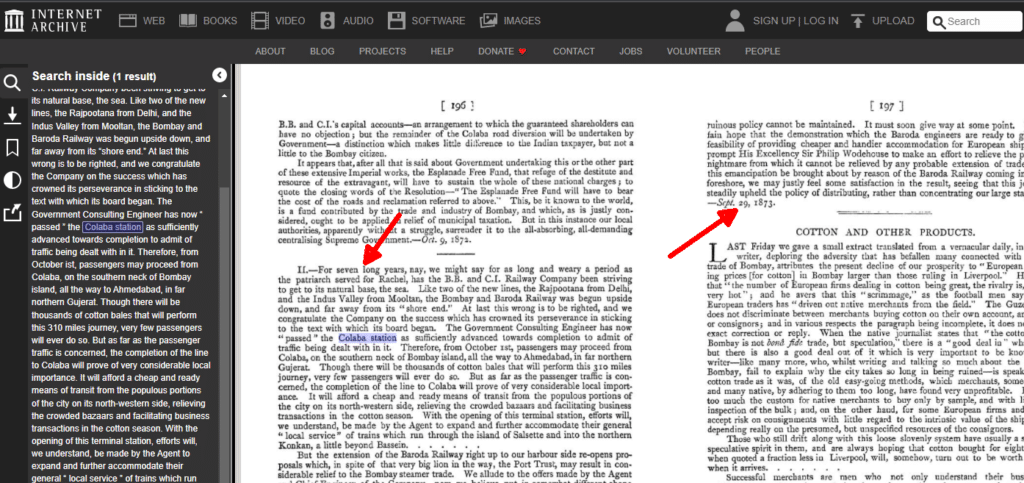
The previous page has an entry dated 9 October 1872, mentioning the procurement of the land for the station.

Those words from 1872 suggest that there were railway tracks to Colaba in 1867 (also mentioned by the Bombay Builder), but the grand station was not completed until seven years later. Those tracks carried the cotton to the docks there during the US Civil War and to the Cotton Green. There is a plaque at Bombay Central station that acknowledges a Colaba Causeway station built in 1870 and another reference that the line used to go to Arthur Bunder.
